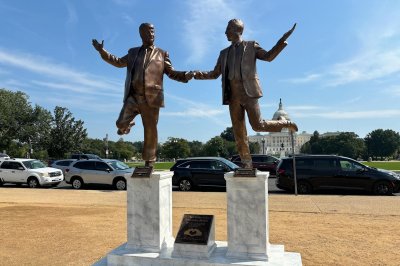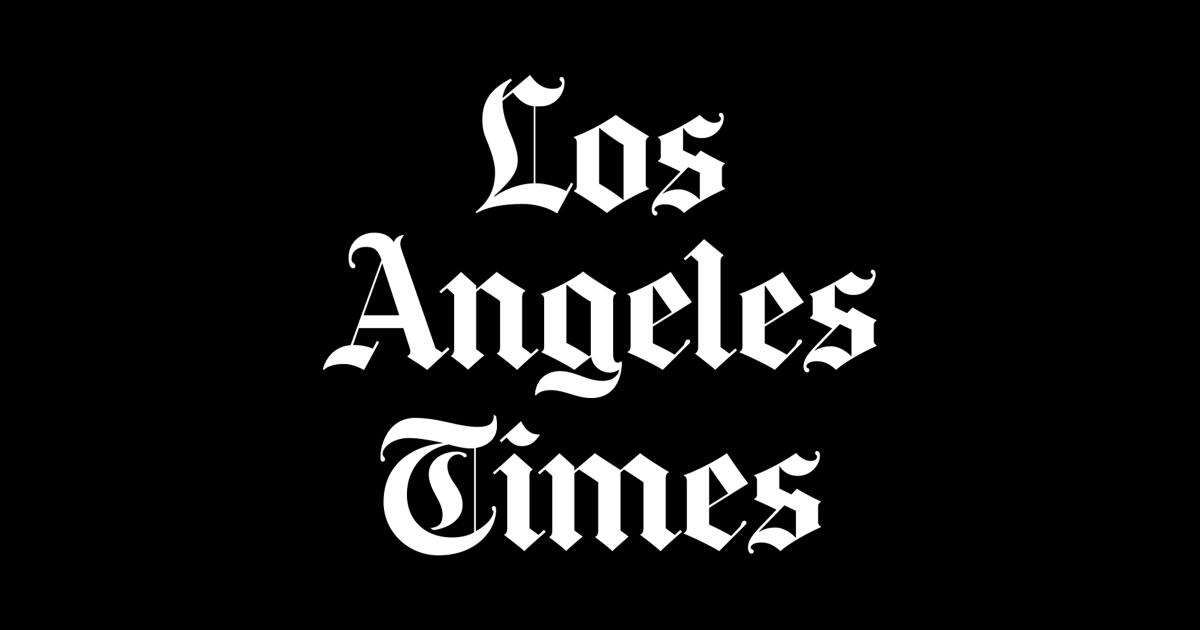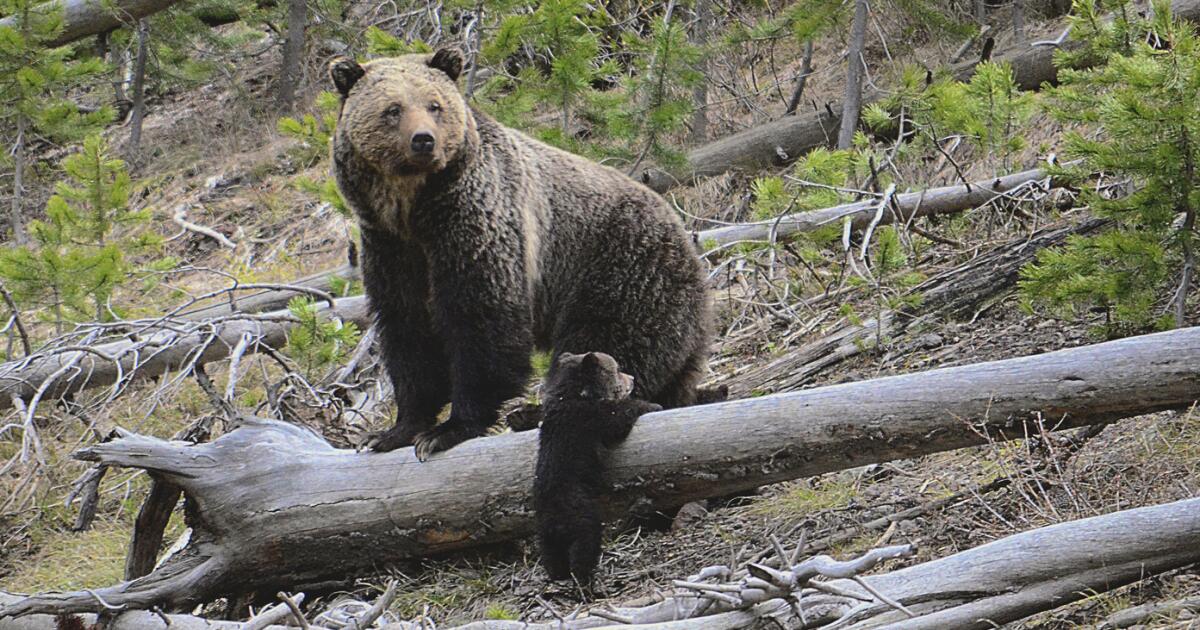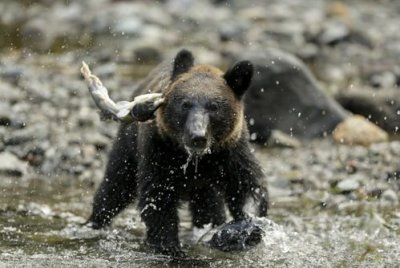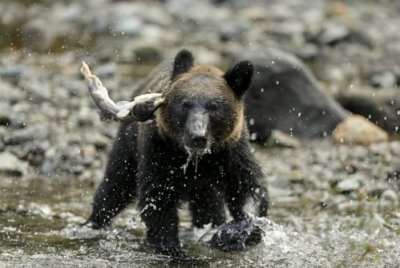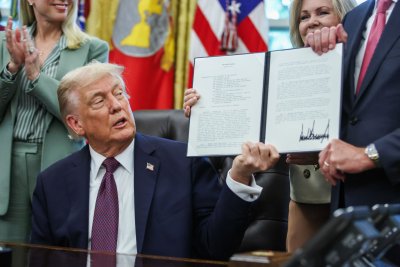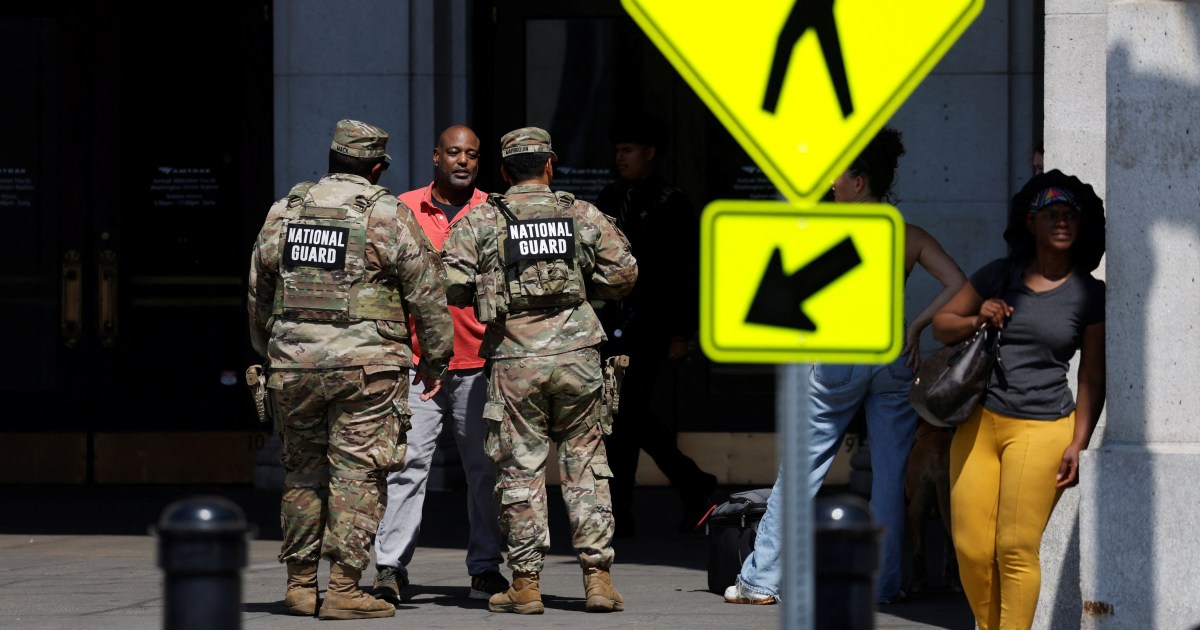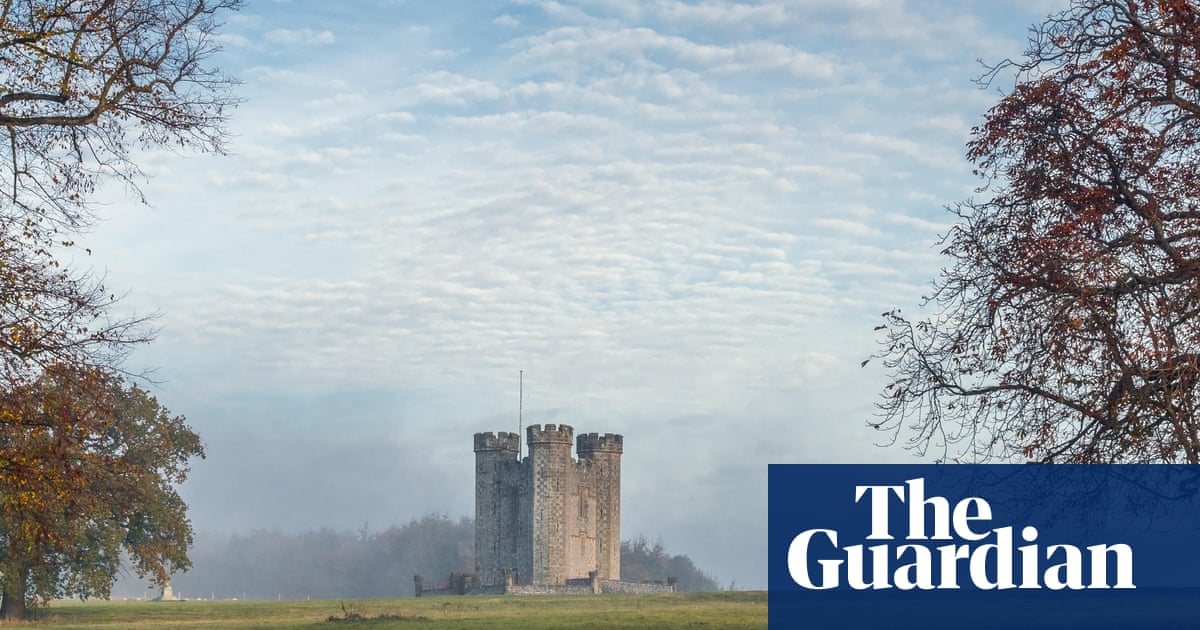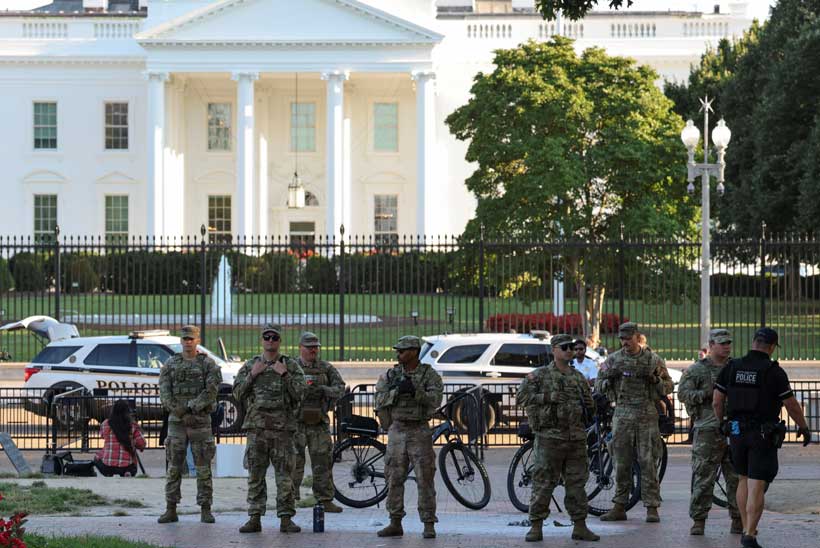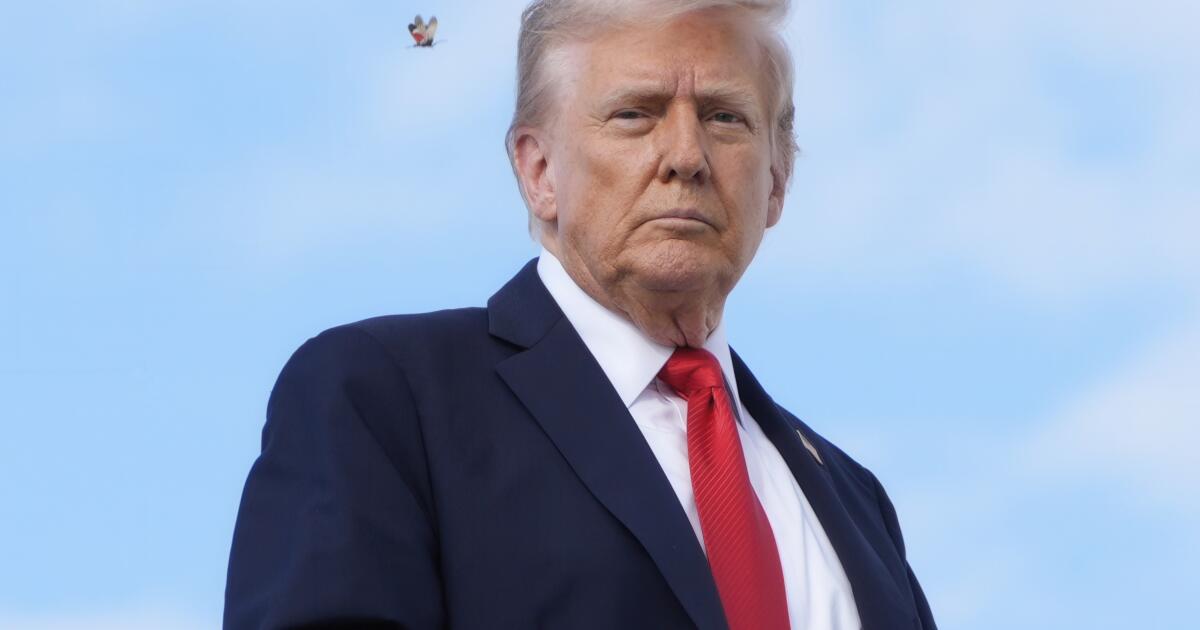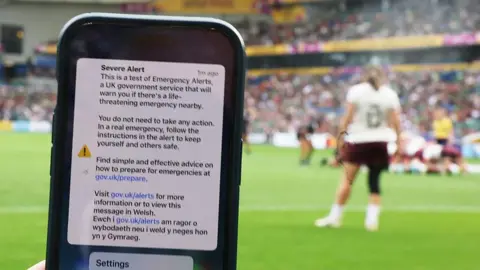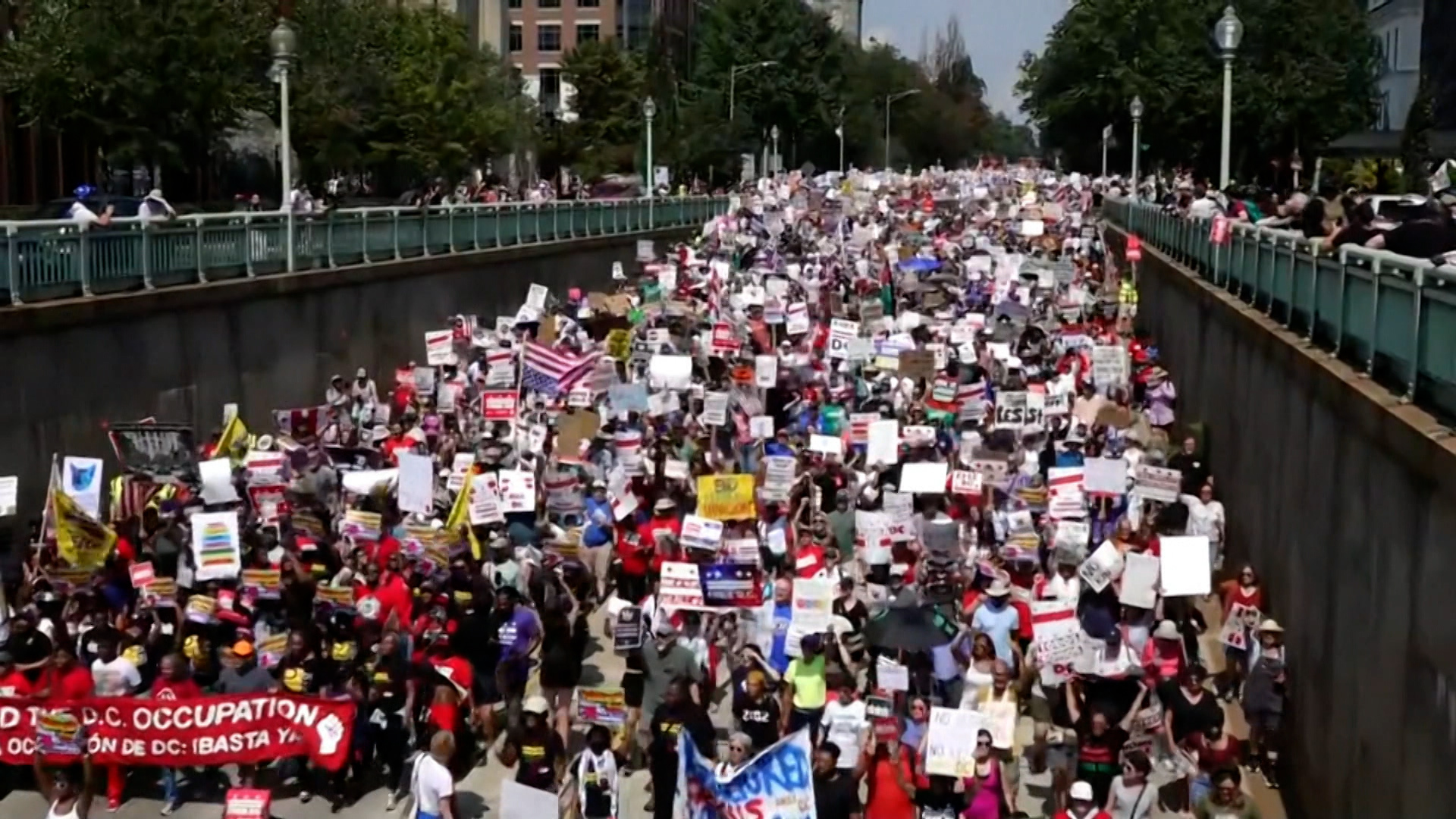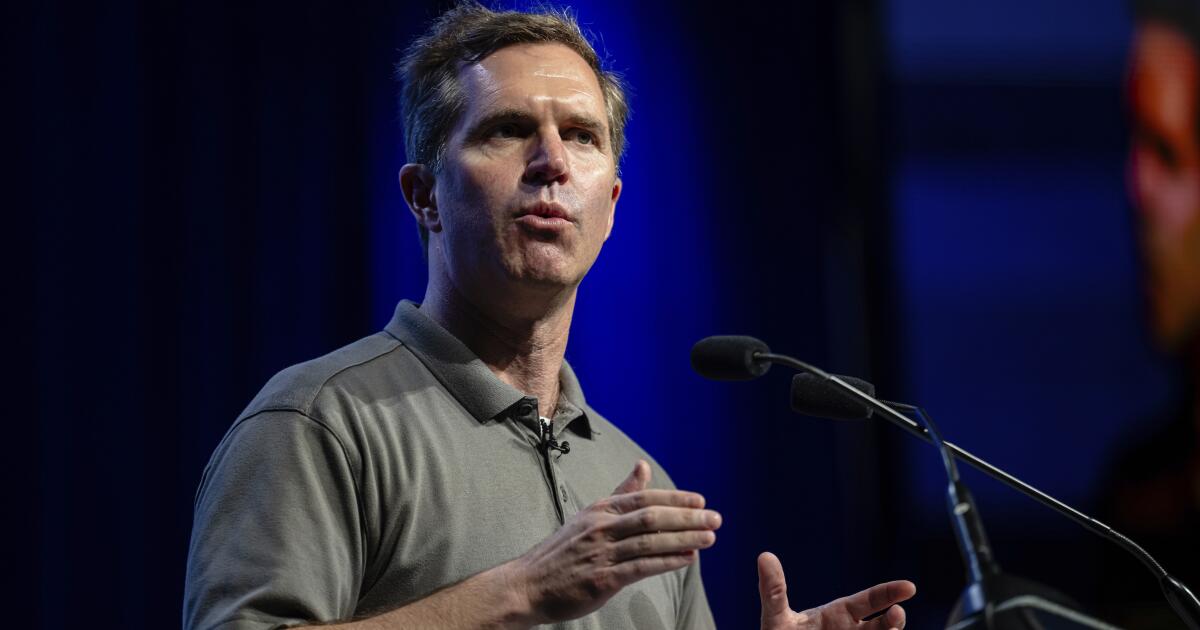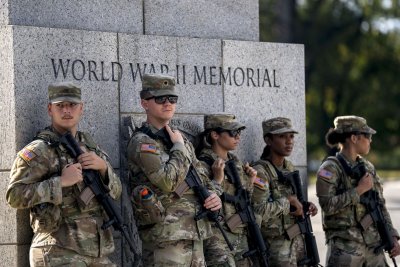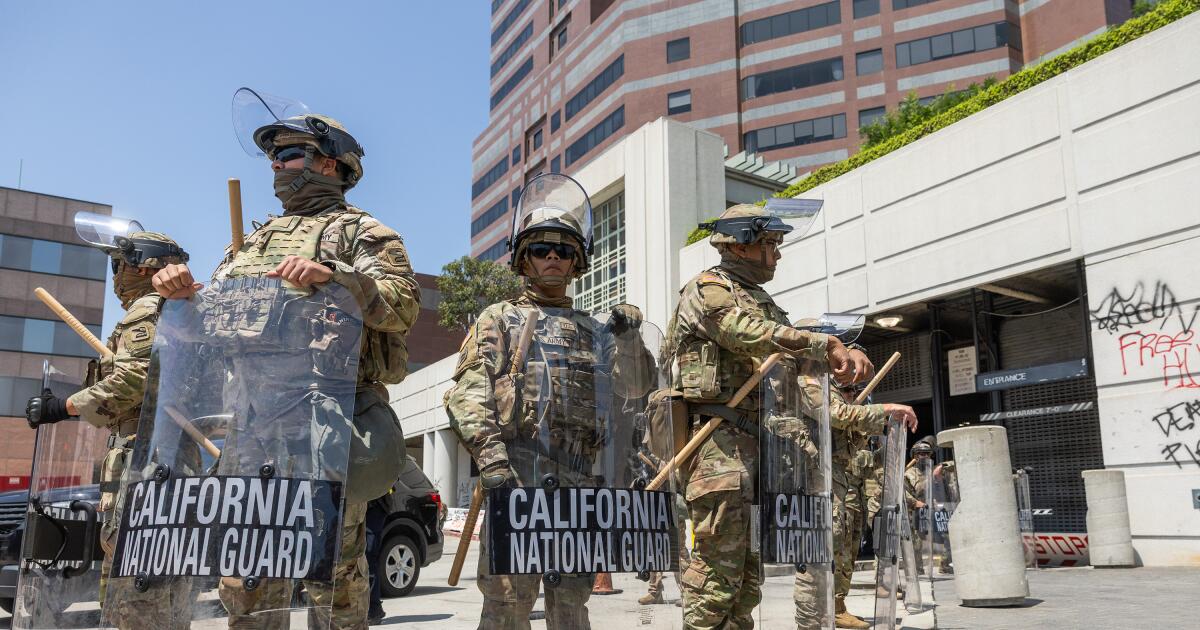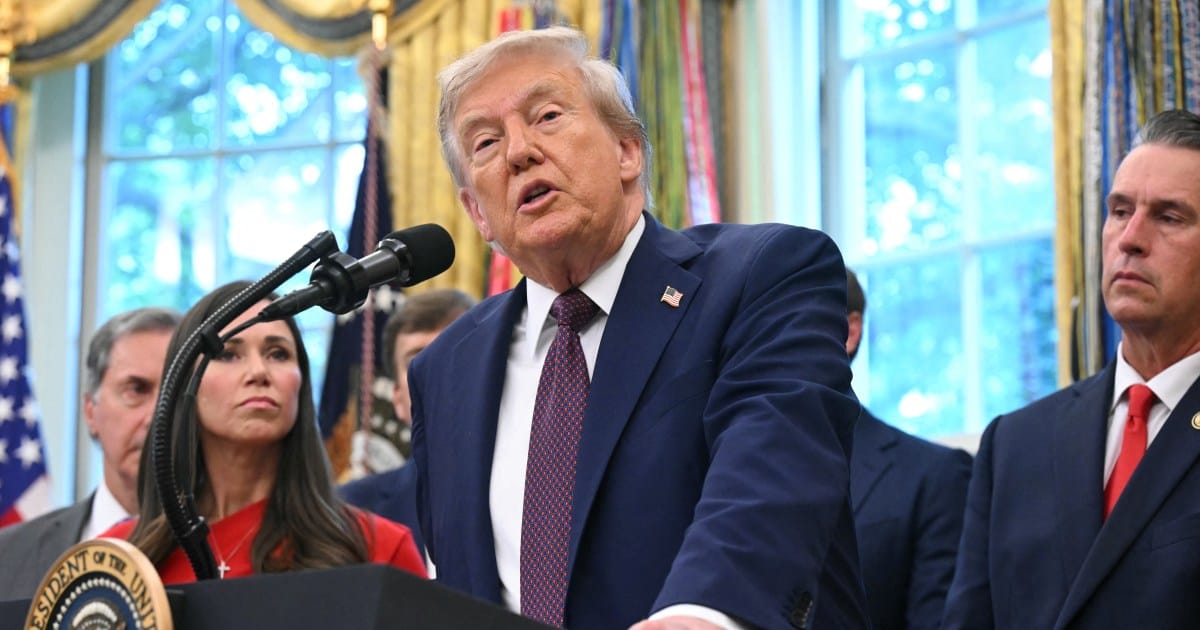United States President Donald Trump has reaffirmed his commitment to sending the National Guard to Chicago, Illinois, as he continues to portray Democrat-run cities as overrun by crime.
Tuesday’s remarks were some of Trump’s most direct statements on the subject so far.
In an Oval Office appearance to announce the relocation of the US Space Command headquarters, Trump was asked about the possibility of a troop deployment to Chicago, the country’s third-largest city by population.
Though he initially launched into a screed decrying crime in the city, he quickly confirmed his plans.
“We’re going in. I didn’t say when, but we’re going in,” Trump said.
“ If the governor of Illinois would call me up. I would love to do it. Now, we’re going to do it anyway. We have the right to do it because I have an obligation to protect this country.”
But the threat of military force was not the only reason Tuesday’s news conference made headlines.
Here are four key takeaways from Trump’s Oval Office appearance.
Trump teases Chicago military deployment
Trump was defiant in his Tuesday afternoon appearance, which came shortly after a federal court in San Francisco ruled that his troop deployment to Los Angeles earlier this year was illegal.
Instead, he defended his decision to use soldiers for his crime crackdown, arguing it was necessary to deal with some suspects.
“Frankly, they were born to be criminals,” Trump said. “And they’re tough and mean, and they’ll cut your throat, and they won’t even think about it the next day. They won’t even remember that they did it. And we’re not going to have those people.”
He also pointed to his deployment of troops in Washington, DC, as a model for his crime initiatives throughout the country.
“ I’m very proud of Washington,” he said. “It serves as a template. And we’re going to do it elsewhere.”
Experts, however, point out that the federal government has greater powers to deploy troops in Washington, the country’s capital, than in other parts of the country.
But the Posse Comitatus Act of 1878 prohibits the use of the military for domestic law enforcement, except in rare occasions with state cooperation.
Trump is expected to face another legal challenge under that law should he deploy troops to Chicago, as he has repeatedly threatened.
Tensions have been ratcheting upwards between city officials and the Trump administration since August.
On Sunday, Secretary of Homeland Security Kristi Noem said that the Trump administration would increase the presence of federal agents to support immigration enforcement in the city.
Also over the weekend, Chicago Mayor Brandon Johnson announced that Chicago police will not collaborate with any National Guard troops or federal agents.
Illinois Governor JB Pritzker, meanwhile, said on Tuesday that military “staging that has already begun started yesterday, and continues into today” in and around the Chicago area. Pritzker, a Democrat, has opposed such efforts and warned the city to brace for a situation like what Los Angeles experienced in June.
Still, Trump indicated that a troop deployment to Chicago would only be the start of a wide-reaching crackdown.
“ Chicago is a hellhole right now. Baltimore is a hellhole right now. Parts of Los Angeles are terrible if we didn’t put out the fires – I mean, the other fires, the bullet fires,” Trump said
Moving US Space Command
The focus of the Oval Office event, however, was to tout Trump’s decision to move the headquarters of the US Space Command from Colorado to Huntsville, Alabama.
Space Command falls under the Department of Defense and is tasked with overseeing military operations beyond Earth’s atmosphere.
Critics pointed out that the move appeared designed to play to Trump’s Republican base, as Alabama is a right-wing stronghold compared with the more left-leaning Colorado.
Trump, however, said the move was in the strategic interest of the US. He also emphasised that it would create 30,000 jobs in the state and “billions and billions” of dollars of investment, despite concerns over logistical issues.
Supporters have noted that Huntsville is already home to NASA’s Marshall Space Flight Center and a major hub for defence contractors, earning it the nickname “Rocket City”.
Tuesday’s announcement reverses a 2023 decision by then-President Joe Biden to keep Space Command in Colorado, where it had been located since its founding 1985, until it was mothballed in 2002.
Trump re-established the command during his first term in 2019, with about 1,700 personnel currently working at its headquarters in Colorado Springs.
In his remarks from the Oval Office, though, Trump was blatant in his disdain for the state, which he lost in both the 2020 and 2024 presidential elections.
He repeatedly told reporters that Colorado’s policy of providing mail-in ballots to all voters fuelled the decision to move the command.
“When a state is for mail-in voting, that means they want dishonest elections,” Trump said. “So that played a big factor.”
Trump has falsely claimed that mail-in ballots lead to election malfeasance. In his remarks, he noted he had won Alabama by a wide margin in the 2024 race, joking about how that might have affected Space Command’s relocation.
“ I only won it by about 47 points,” he said to chuckles. “I don’t think that influenced my decision, though, right?”
In a statement, Colorado Governor Jared Polis said the move “undermines national security, wastes millions of taxpayer dollars, and disrupts the lives of military families”.
Speculation over health
Tuesday’s news conference was Trump’s first public appearance in days, an absence that stoked speculation over the 79-year-old president’s health.
When asked about the rumours, Trump, 79, batted them away.
“I didn’t do any [news conferences] for two days and they said, ‘There must be something wrong with him,’” Trump said.
“Biden wouldn’t do them for months, you wouldn’t see him, and nobody ever said there was ever anything wrong with him, and we know he wasn’t in the greatest of shape.”
Trump spent part of the recent Labor Day weekend playing at his Trump National Golf Course in Virginia, a fact he pointed to when confronted with questions about his health.
“I was very active over the weekend,” he added.
Media reports estimated it was Trump’s 66th visit to a golf course since he began his second term in January.
Trump is expected to be the oldest president in US history by the time he leaves office: Should he successfully complete his second term, he will be 82, edging out the current record holder, Biden, by several months.
But Biden’s seeming frailty in his final months in office has raised scrutiny about what health conditions Trump might face as he approaches a similar age.
An attack on a Venezuelan boat?
One of the surprises that emerged from Tuesday’s meandering news conference was the announcement that the US may have attacked a boat in the Caribbean Sea.
“We just – over the last few minutes – literally shot out a boat, a drug-carrying boat,” Trump said. “A lot of drugs in that boat. And you’ll be seeing that, and you’ll be reading about that. It just happened moments ago.”
The president identified the vessel as departing from Venezuela, whose government Trump has repeatedly accused of directing drug-trafficking operations, though he has provided no proof for that assertion.
Shortly after the news conference, US Secretary of State Marco Rubio confirmed on the social media platform X that the military had “conducted a lethal strike in the southern Caribbean against a drug vessel which had departed from Venezuela and was being operated by a designated narco-terrorist organisation”.
He did not provide further details.
Since returning to office for a second term, Trump has returned to his policy of maximum pressure against the government of Venezuelan leader Nicolas Maduro, recently raising the reward for his arrest to $50m.
Trump has also claimed that immigration into the US was the result of a criminal “invasion” that Maduro masterminded.
A US intelligence report declassified in May, however, failed to find proof of any such cooperation between Maduro and gangs like Tren de Aragua.
Still, earlier this year, the Trump administration designated Latin American gangs like Tren de Aragua as “foreign terrorist organisations”. The move represented a break in convention in Washington, which has a separate designation for foreign criminal enterprises.
In August, it was reported that Trump secretly signed an order authorising military action against cartels and other criminal networks, spurring concern of US intervention abroad.
Maduro has long accused Trump of interfering in his domestic politics, and Tuesday’s announcement has further piqued tensions.

